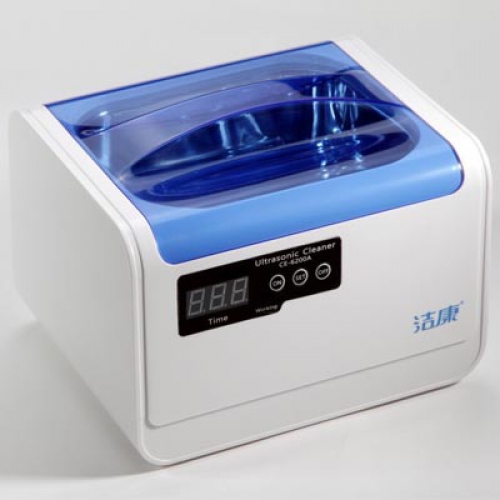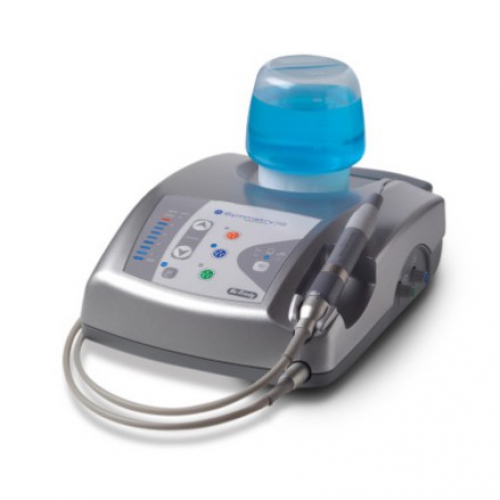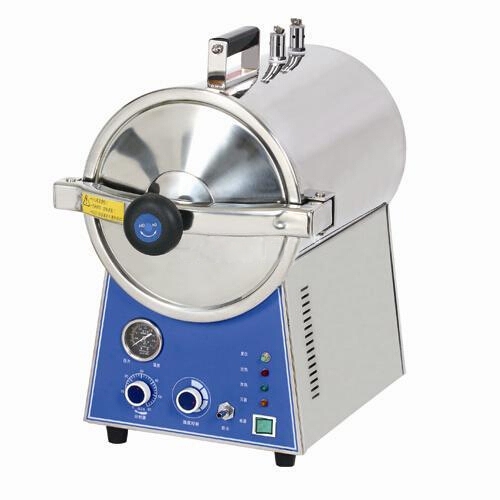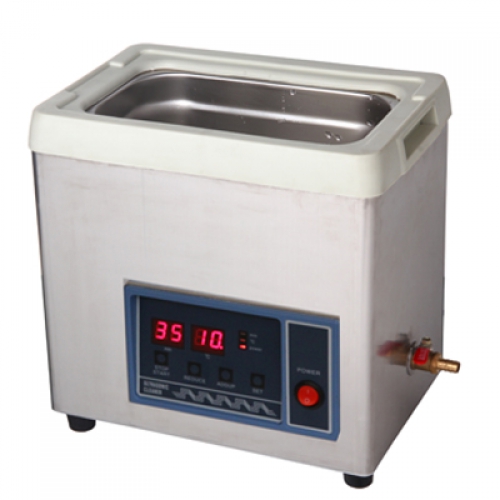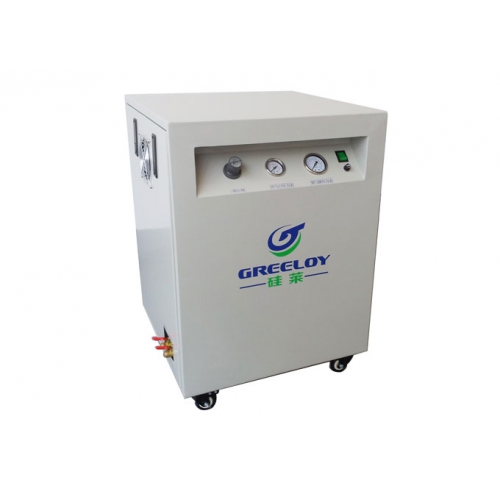
Want to make sure that your teeth are taken care of? It’s really really important to have good oral health habits because a dental problem may have more negative consequences than you can ever imagine!(dental air compressor)
Chemical corrosion is invisible enemy that erodes tooth surface day and night. If you really don’t take care of your oral cavity, it won’t be long before cavities and unhealthy gums make your mouth very, very sore. Eating meals will be difficult. You won’t feel like smiling much either. This article will help you out!
Part 1 of 5: Choose Your Foods Wisely
1 Rinse after sugary foods. Food remnants feeds the bacteria in your mouth, which then excrete acidic substances that corrode tooth enamel, resulting in bad breath and painful jaw diseases.
2 Avoid snacking constantly. Snacking constantly can cause plaque to build up on your teeth, which can increase the risk of getting cavities.
3 Chewing less. Hard seeds produce fissures in your molars. Chewing sticky gums and toffee also overstresses your teeth mechanically and pulls the sealants.
Part 2 of 5: Brushing Your Teeth
1 Brush your teeth thoroughly at least twice a day, for two minutes each time. Make sure you brush on all sides of your teeth and get your tongue.
2 Use a dry bristle brush for the first two minutes of cleaning.
3Spend time moving the bristles at and below the gum line, where it is most important to clean.
Part 3 of 5: Floss Your Teeth
1 Floss your teeth daily and after any food that will stick in your teeth (i.e. corn on the cob, caramel, peanut butter, etc.).
2 Use a tongue scraper. A tongue scraper is an important part of oral hygiene that will also work wonders with stale, smelly breath.
Part 4 of 5: Use Mouth Wash
1 Find a fluoride mouthwash. Fluoride mouthwashes help to strengthen tooth enamel.
Part 5 of 5: Visit the dentist
1 Visit your dentist at least every six months and every time that you have a problem with your teeth.
2 Most important: In addition to checking for signs of cavities or gum disease, the dentist and dental hygienist can give you feedback about how effective your plaque removal at home is, and more importantly help you learn the best way to brush and floss.
learn more : https://www.alandental.com/category-98-b0-Dental-Air-Compressor.html

